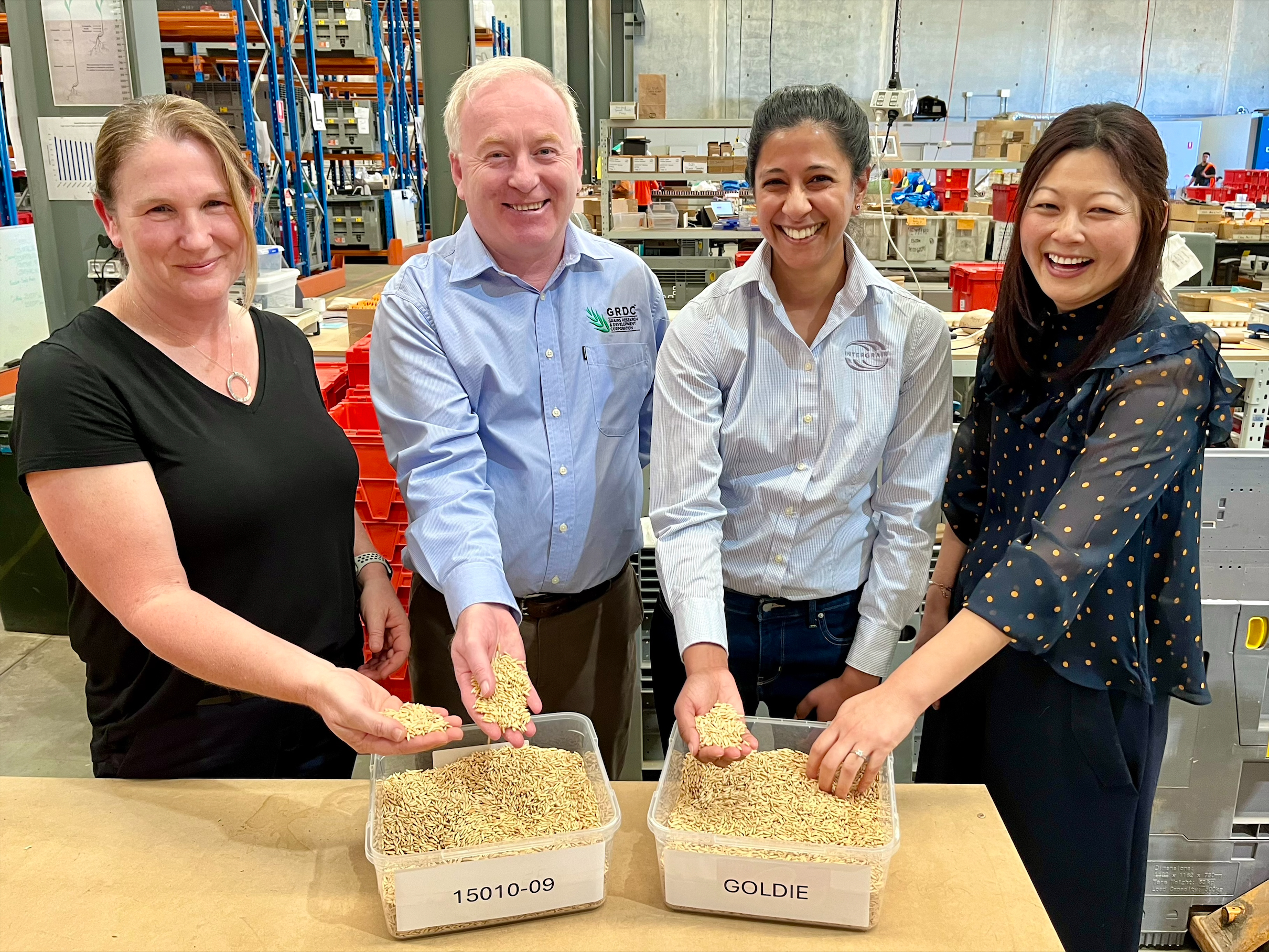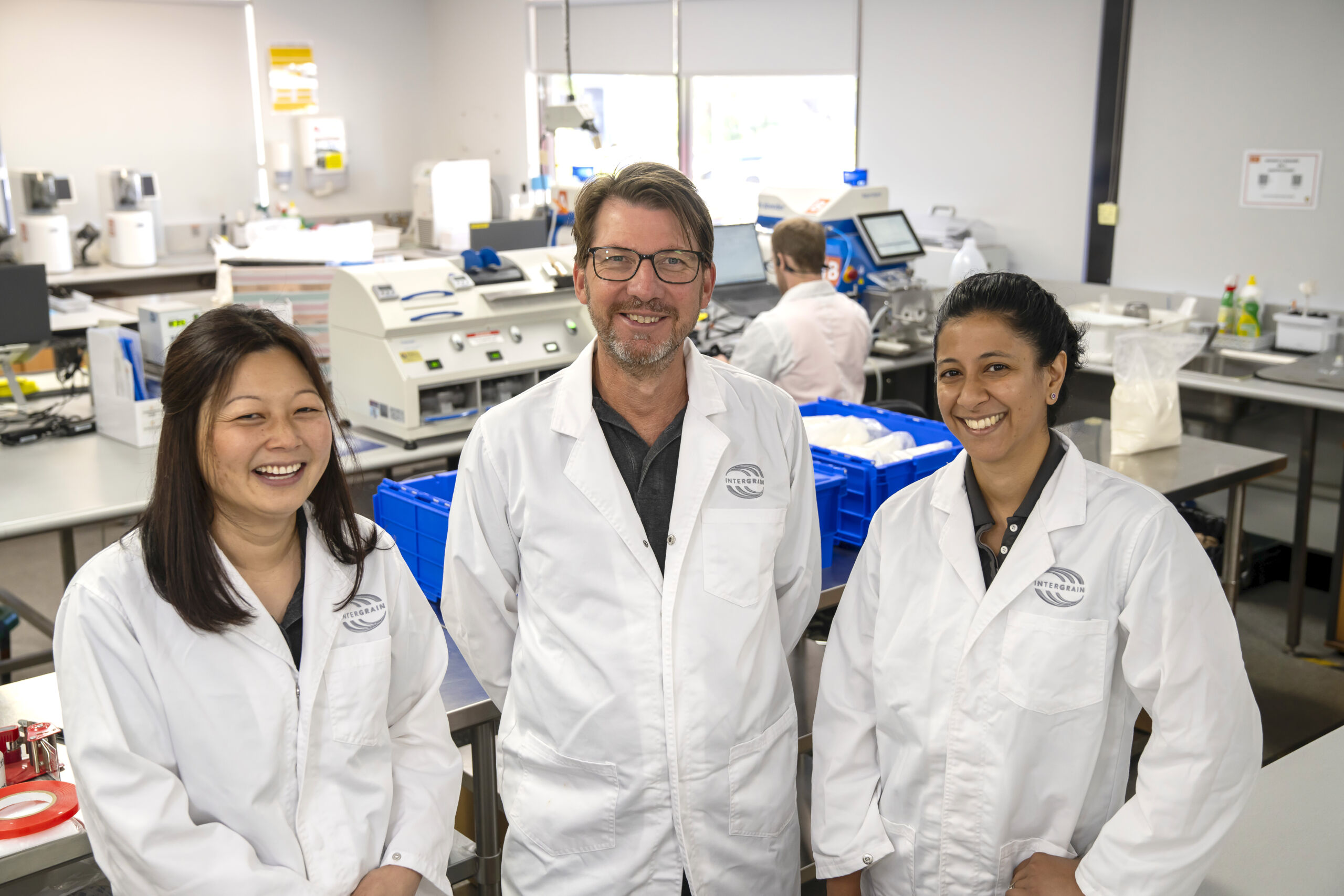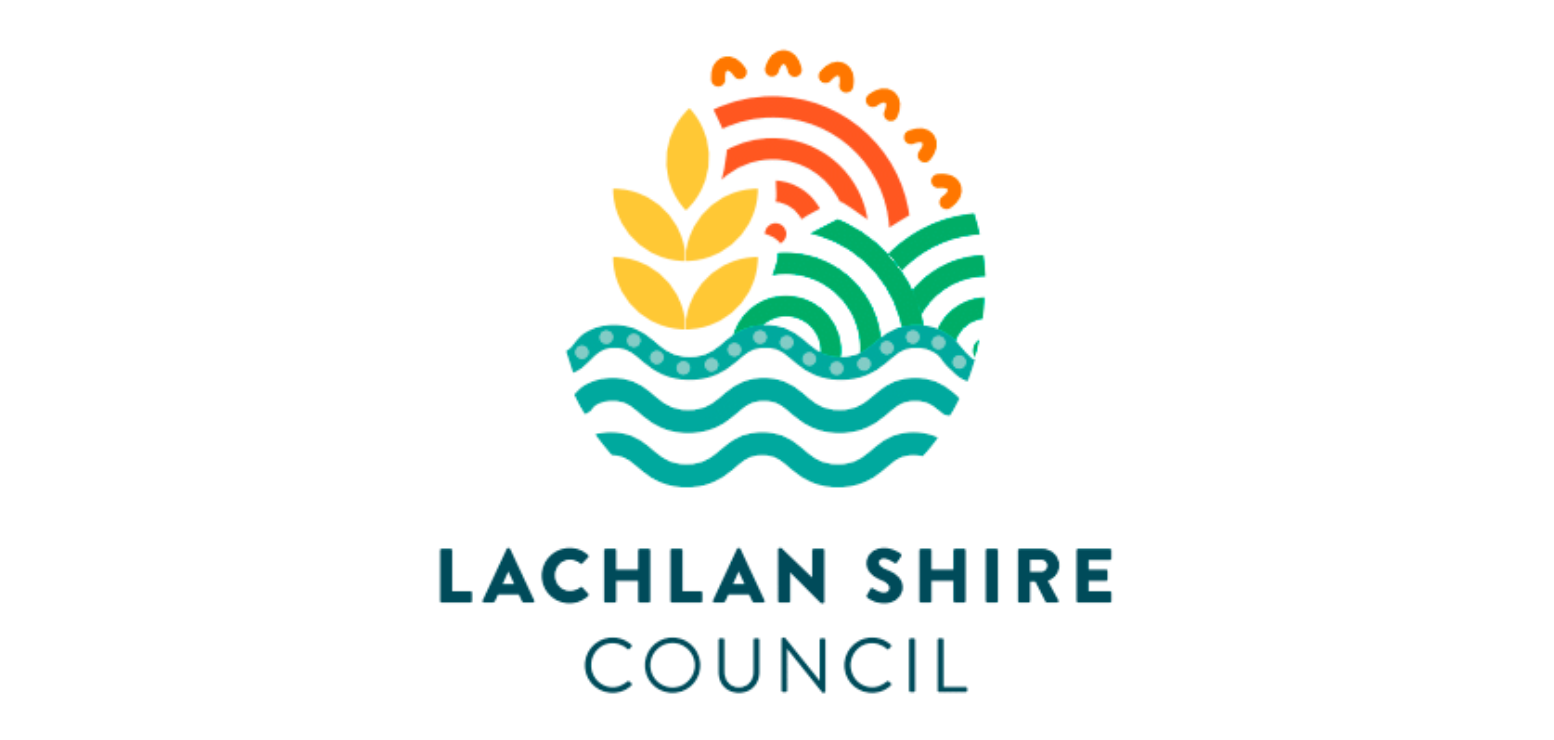GRDC launches new research consortium
In a move to boost Australia’s position as a high-quality, value-added oat producer, the launch of a new research-focused Oat Grain Quality Consortium (OGQC) marks a pivotal moment for the industry.
Designed to capitalise on growing domestic and international market opportunities, the consortium is a collaborative Grains Research and Development Corporation (GRDC) investment aimed at addressing the crucial need for innovation in oat quality research, informing oat quality classification and market positioning.
GRDC Managing Director Nigel Hart announced the consortium in Perth today (18 April) which will see more than $12.5 million invested in oats over five years as part of this collaborative research initiative. The investment includes $5.75m from GRDC complemented by $6.7m from research and industry partners.
The consortium will be led by InterGrain and the South Australian Research and Development Institute (SARDI: the research division of the Department of Primary Industries and Regions SA). These lead organisations will bring together a diverse group of organisations spanning the research, production, processing, and food and beverage manufacturing sectors, each contributing their expertise to drive industry transformation.
Partners include Curtin University, Murdoch University, Edith Cowan University, Agriculture Victoria, Shaanxi Normal University, plus industry partners Unigrain, Wide Open Agriculture, Fancy Plants, Oatly, Sanitarium, Uncle Toby’s, Blue Lake Milling, Quaker, Noumi, Seamild, Grains Australia and Australian Export Grains Innovation Centre (AEGIC).
“We know that the global demand for diverse and nutritious oat-based products is on the rise and there is a clear opportunity for Australian agriculture to lead the way in quality and sustainability. This is why GRDC has initiated and invested in this consortium on behalf of Australian growers,” Mr Hart said.
“This research will benefit the entire Australian oat supply chain by providing breeders with new traits that align with market demands, improving efficiency and reducing costs for processors, and expanding the range of oat-based products that manufacturers can offer consumers globally.
“Ultimately this work aims to position Australian oats as the go-to-product for consumers, both domestically and overseas, which will have significant flow-on benefits for our growers.”
The OGQC aims to capitalise on international demand in oats for food and beverage applications via targeted pre-breeding through three programs of activity, each supporting Australian oat pre-breeding research to understand key oat quality traits.
Researchers will work with oat millers and food and beverage processors to develop industry-relevant thresholds for traits such as flavour and aroma, groat oil, beta-glucan and protein, and work with breeding programs to identify and provide germplasm and molecular tools to rapidly develop new oat varieties suited to high-value, end-use market requirements.
GRDC Genetic Technologies Manager (Barley, Oats and Sorghum) Dr Michael Groszmann said for the investment to succeed, it was critical to have engagement from the post-farmgate sector.
“Pleasingly we already have a high level of direct project involvement from both millers and oat food and beverage manufacturers,” Dr Groszmann said.
“By innovating across breeding, measurement, quality and nutritional content through this research, GRDC can help the industry set new standards that drive value-added opportunities for milling oats.”
InterGrain’s Research and Business Development Manager Dr Dini Ganesalingam, said the initiative would use the scale of InterGrain’s oat breeding program to create tools that would aid in quantifying oat quality traits for industry classification, via Grains Australia receival points assessment.
InterGrain Cereal Chemist Dr Haelee Fenton is leading work in the project investigating the trait selection intelligence of aroma and flavour compounds in oat foods and beverages. She said the research will be integral to setting targets for InterGrain’s oat breeding program.
As part of the project, InterGrain also has a co-design committee, which includes representatives from across the food and beverage sectors.
“This creates a direct line for consultation and feedback on oat processing and product research, which will inform the development of consumer-targeted oat varieties for Australian farmers to grow,” Dr Fenton said.
SARDI’s Program Leader for Crop and Pasture Improvement Dr Janine Croser said the initiative had the potential to be truly transformative for Australian oat quality and production research.
“Enhancing shelf life and milling efficiency may open new avenues for Australian oats in global markets – something that SARDI will be exploring intently in conjunction with our industry consultative committee and research partners,” Dr Croser said.
The consortium will also inform the classification considerations currently under review by Grains Australia, with clearer market differentiation helping to drive value in the commodity.
Grains Australia General Manager Classification Dr Megan Sheehy welcomed the launch of the OGQC, saying it could help inform decisions by Grains Australia’s Oat Council and its new oat variety classification framework.
“Outcomes from the OGQC projects will play an important role in assisting the oat industry to map its pathway forward to achieve market-driven outcomes,” Dr Sheehy said. The launch of the OGQC means Australia is poised to make significant strides in oat grain quality research and development. The initiative will lay the foundations of a prosperous future for the Australian oat industry and contribute to increased choice and quality for consumers globally.
Press Release.
- Allan Rattey, Dini Ganesalingham, Haelee Fenton at Intergrain.
Latest News
Liam wins another NRL Premiership
In 2015 Liam Martin was named Dux of West Wyalong [...]
Showing bowling skills at Grenfell
Condobolin Sports Club Bowls Wednesday 16th October, Michael Coe, Nick [...]
Condobolin & Lake Cargelligo power workers rally outside depots
Power workers rallied outside the Essential Energy depot in Condobolin [...]
Rachel and Vashti excel
Rachel Grimmond (Condobolin) and Vashti Williams (Trundle) played in the [...]
Help with DIAP
Help to make Lachlan Shire more accessible and inclusive for [...]
A CHS Graduation celebration
Condobolin High School held their Graduation Celebration for Year 12 [...]












